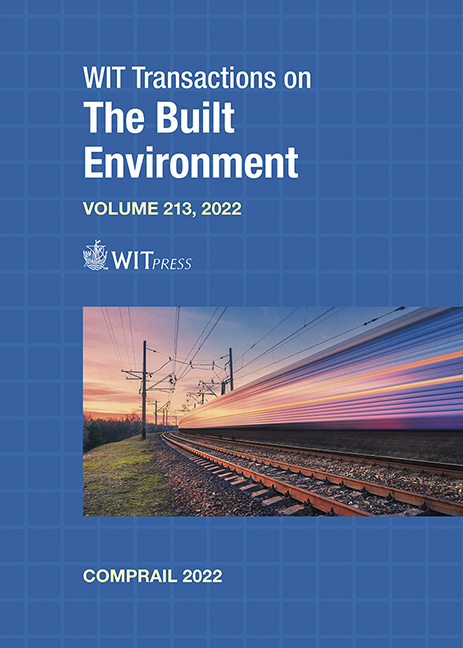POTENTIALITY OF RAIL NETWORKS: INTEGRATED SERVICES ON CONVENTIONAL AND HIGH-SPEED LINES
Price
Free (open access)
Transaction
Volume
213
Pages
12
Page Range
101 - 112
Published
2022
Paper DOI
10.2495/CR220091
Copyright
Author(s)
MASSIMO DI GANGI, FRANCESCO RUSSO
Abstract
56,000 km of high-speed rail lines have been built around the world, and another 74,000 km are being built or planned. During the extension of high-speed infrastructures, it is possible to design services that use high-speed lines and conventional lines, in relation to where high-speed has not yet been fully realized. In fact, there is potentiality in existing rail networks, not used for the realization of integrated services that although not of high speed, are better, in terms of travel time, than the conventional ones. An important example is the rail system in Italy, which covers the central and northern areas of the country with high-speed, but it is absent in the south and in Sicily, the large island separated from Italy by a maritime strait. The current services with their travel times from the metropolitan cities of Sicily to Rome, were analysed. An integration of the services is proposed in the hypothesis of no infrastructural changes to the railway lines and terminals and the use of trains and ships available. The results obtained are useful to public planners and technicians of national public departments and railway, as they are able to know what time reductions are possible without any investment. The method used can be applied in other countries where there are high-speed lines and it is possible to create services that use the existing high-speed network and the conventional one.
Keywords
high speed railway, conventional lines, optimization of rail services, integrated service, zero cost and zero time





